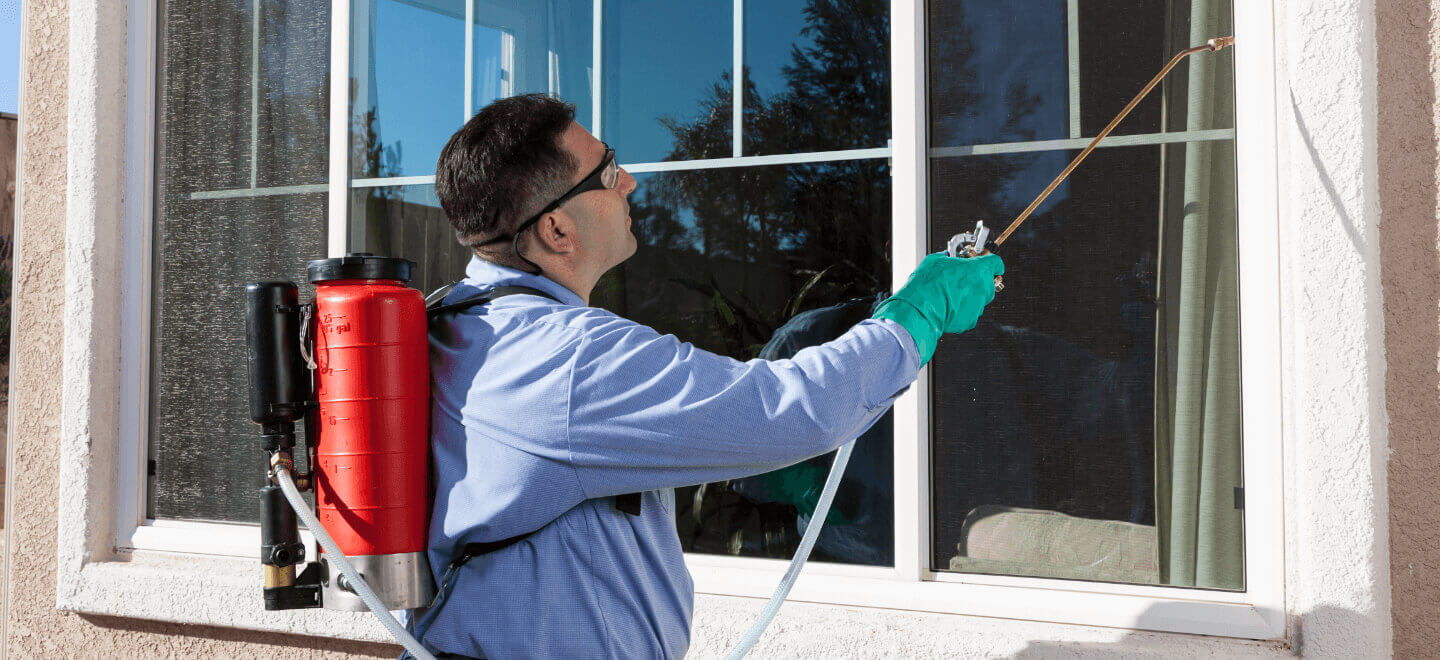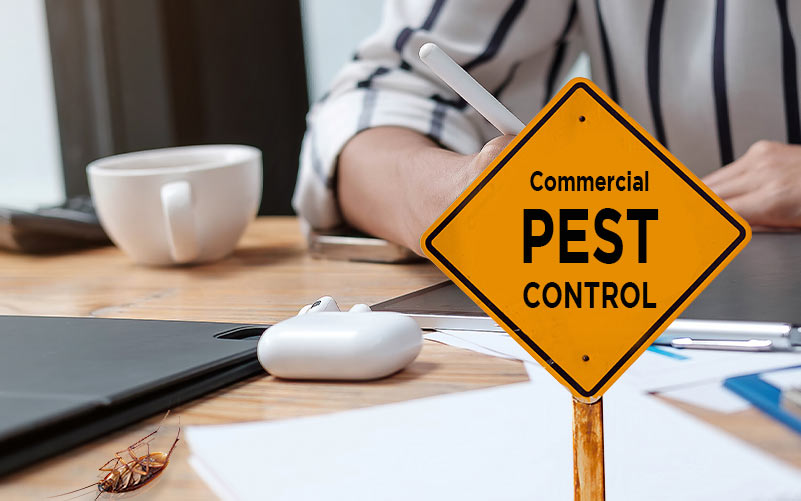Bed Insect Treatment Breakdown: Comparing Chemical Vs. Non-Chemical Solutions
In the realm of insect control, particularly when handling the consistent problem of bed bugs, the selection between chemical and non-chemical therapy remedies can be an essential one. Both techniques use unique benefits and drawbacks, influencing elements such as performance, safety factors to consider, and total cost. By checking out the nuanced information of each approach, a more clear understanding of which course to pursue in resolving a bed insect problem can be acquired.
Performance of Chemical Therapies
Chemical treatments for bed insect invasions have been commonly acknowledged for their potent and rapid effectiveness in eradicating these bugs. When thinking about the performance of chemical therapies, it is vital to understand that they can give a extensive and fast remedy to a bed insect trouble. Professional pest control specialists typically count on pesticides to target bed insects at different phases of their life cycle, consisting of adults, eggs, and fairies. These chemicals normally work by disrupting the bed bugs' nerves, leading to paralysis and eventual death.
Furthermore, chemical therapies have the advantage of using recurring results, indicating that they can remain to get rid of bed insects also after the initial application. This residual action is particularly helpful in combating any prospective re-infestations. Additionally, the quick action of chemical treatments can bring relief to people dealing with severe bed insect invasions, allowing them to gain back control of their home quickly.
Security Problems With Chemical Solutions
One important element that needs careful consideration when making use of chemical options for bed pest therapy is ensuring the safety of occupants and the atmosphere. While chemical treatments can be reliable in eradicating bed pests, they may position dangers otherwise dealt with effectively. Among the key safety and security interest in chemical options is the possible damage they can cause to human wellness. Direct exposure to specific chemicals utilized in bed bug treatments can result in respiratory problems, skin inflammation, or other unfavorable reactions, specifically in people with pre-existing problems or sensitivities. In addition, incorrect application or dosage of chemical pesticides can cause hazardous deposits remaining in the cured location, posing lasting health and wellness dangers to passengers.
Moreover, the environmental effect of chemical solutions is another considerable factor to consider. Some chemicals used in bed insect therapies may be dangerous to beneficial pests, wildlife, and ecosystems if they leach right into the dirt or water supply. It is necessary to utilize chemical therapies sensibly, complying with safety and security guidelines, and thinking about much less hazardous alternatives to reduce these risks and guarantee the reliable and risk-free monitoring of bed pest problems.
Benefits of Non-Chemical Methods
Considering the potential security issues and environmental effect connected with chemical options for bed insect treatment, exploring non-chemical approaches presents a promising choice with pest supplies online several distinct benefits. Non-chemical approaches use a much safer option for households, particularly those with pet dogs, children, or people conscious severe chemicals. These techniques eliminate the threats of exposure to hazardous substances, lowering the potential for damaging health effects. Additionally, non-chemical therapies are eco-friendly, as they do not add to air or water contamination, making them a lasting option for parasite control.
In addition, non-chemical remedies can be effective in targeting bed bugs, including hard-to-reach locations where chemical therapies might not pass through. Approaches such as heat treatment, vacuuming, steam cleansing, and cushion encasements provide complete eradication without using hazardous chemicals. Additionally, non-chemical strategies can be much less turbulent, needing marginal prep work and permitting quicker reentry right into treated locations. In general, choosing for non-chemical bed pest therapy approaches not only prioritizes security and environmental security yet likewise makes sure effective and detailed parasite control.
Limitations of Non-Chemical Treatments

In addition, non-chemical treatments often need multiple applications to accomplish effective obliteration. This can be lengthy and might not always assure total removal of all bed bugs and their eggs, especially in covert or hard-to-reach places.
Furthermore, the success of non-chemical therapies heavily counts on correct execution and thoroughness, which can be testing for individuals without Go Here expert know-how. Poor application of non-chemical approaches may cause insufficient eradication, causing relentless problems and the requirement for extra treatments.
As a result, while non-chemical treatments have their advantages, it is important to recognize these limitations and consider them when identifying the most efficient method for managing bed pest problems.
Cost Contrast: Chemical Vs. Non-Chemical Options
Provided the constraints related to non-chemical therapies, an important element to assess in the context of bed pest monitoring is the cost contrast in between chemical and non-chemical choices. Chemical treatments typically involve the application of insecticides by specialists, which can vary from $250 to $900 per space, depending upon the severity of the infestation and the dimension of the location to be dealt with. On the other hand, non-chemical treatments like heat treatment or heavy steam can be much more pricey, with prices ranging from $1,000 to $6,000 for an entire home. While the initial price of chemical therapies may seem lower, several therapies may be required to fully get rid of the invasion, potentially raising the general price. On the various other hand, non-chemical alternatives might offer a more sustainable and environment-friendly remedy, although they can be cost-prohibitive for some people. Ultimately, when considering the expense of bed bug treatment options, it is necessary to evaluate the upfront expenditures against the efficiency and lasting sustainability of the selected approach.
Final Thought

Taking into consideration the possible security worries insect exterminator company and environmental impact linked with chemical remedies for bed bug treatment, discovering non-chemical techniques presents an appealing option with a number of distinct benefits.Given the limitations connected with non-chemical treatments, a vital facet to assess in the context of bed insect administration is the expense comparison in between chemical and non-chemical choices. In contrast, non-chemical therapies like warmth therapy or vapor can be more expensive, with expenses ranging from $1,000 to $6,000 for a whole home. While the first cost of chemical therapies might appear lower, numerous treatments might be called for to completely remove the problem, potentially enhancing the total expense.In final thought, when contrasting chemical and non-chemical bed pest therapy alternatives, it is important to consider effectiveness, security, benefits, restrictions, and cost.